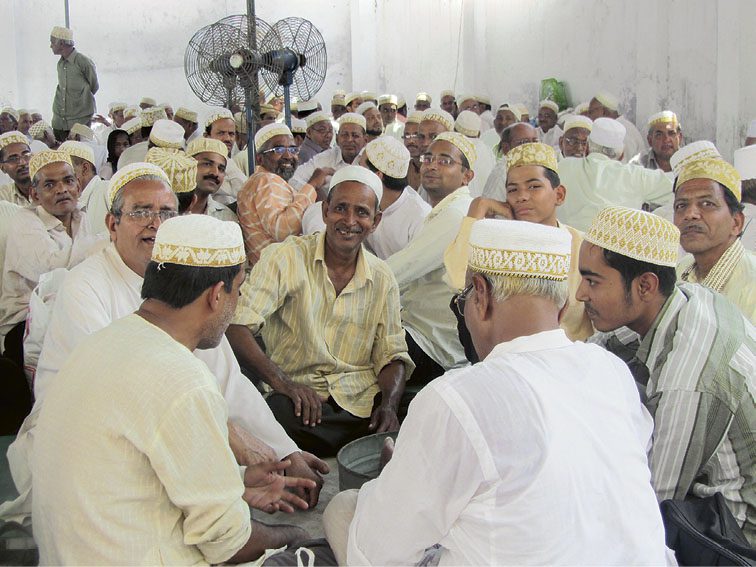History and Demographics of Sulaymani Tayyibis
The Sulaymani branch of Tayyibi Isma’ilism is an Islamic community, of which around 70 thousand members reside in Yemen, while a few thousands of Sulaymani Bohras can be found in India. The Sulaymanis are headed by a Da’i al-Mutlaq from the Makrami family.
“Da’I Mutlaq” is the absolute, or unrestricted, missionary who is the most senior spiritual rank and office in Tayyibi Isma’ilism. A minority of Tayyibis, who accounted for almost the entire community in Yaman, recognized Sulayman b. Hasan (d. 1005/1597) as their own new, twenty-seventh, daʿi; therefor they became known as Sulaymanis. The Sulaymanis represent a small minority within the Tayyibi community.
Unlike the Dawoodis, not many challenges can be seen in the history of Sulaymani Tayyibis of Yaman regarding the succession disputes and schisms. Since the time of their thirtieth daʿi mutlaq, Ibrahim b. Muhammad b. al-Fahd al-Makrami (1088–1094/1677–1683), Sulaymani leadership has remained hereditary, with few exceptions, in the same Makrami family. The Sulaymani daʿis established their headquarters in Badr, Najran, in north eastern Yaman. In the history of Sulaymani Tayyibis it is mentioned that they ruled independently over Najran with the military support of the local Banu Yam. In the 20th century, the political prominence of the Sulaymani daʿis, checked earlier by the Zaydis and Ottomans, was further curtailed by the rising power of the Saʿudi family. Najran, the seat of the Sulaymani Makrami daʿis, was in fact annexed to Saudi Arabia in 1934, and the present, fifty-first, daʿi mutlaq of the Sulaymanis, Sayyidna ʿAbd Allah b. Muhammad al-Makrami, who succeeded to office in 2005, lives in Saudi Arabia under official surveillance. Indeed, since the 1990s, the Sulaymanis of Najran have been severely persecuted by the Saudi government. At present the Sulaymani Tayyibi Ismailis, in Yaman and Saudi Arabia, number around 300,000.
The Sulaymani Bohra community in South Asia has remained very small. By contrast to the Dawoodis, the Sulaymanis of India have developed closer affinities to other Muslims in terms of language, dress and behaviour. There are certain differences between the traditions of the Arabic-speaking Yamani Sulaymanis and the Dawooadi Bohras who use a form of the Gujarati language. The Bohras have also incorporated many Hindu customs in their marriage and other ceremonies. Nor are the Sulaymanis under the strict central control of their daʿi.
Taken from “A History of Shiʿi Islam” by Farhad Daftary
